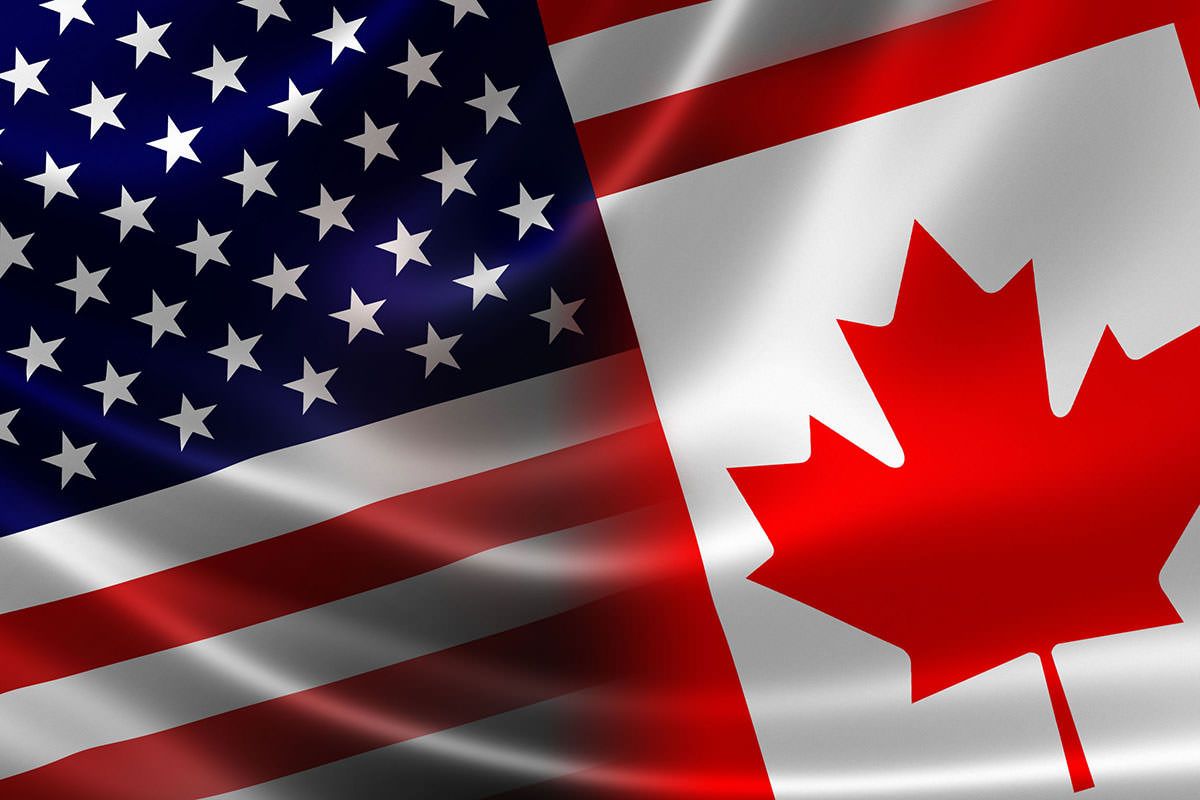Based on a host of factors, U.S.-based vertically integrated operators offer a far superior investment opportunity than their Canadian cannabis counterparts.
American operators have a much larger cannabis market opportunity and are expected to grow sales faster and be more profitable – and you can own them for much lower valuation multiples compared to Canadian operators.
Simply put, there is a huge difference in the investment risk/reward profile of the seven-largest (by market capitalization as of Jan. 1, 2020) publicly traded, vertically integrated operators in both the United States and Canada.
Knowing those differences could help you build your cannabis investment portfolio.
Several metrics were considered to come to this conclusion, including estimated sales level and growth, EBITDA level and growth, EBITDA margin, price-to-sales valuation and total addressable market (TAM).
We chose to include seven companies per country based on the availability of historical financial data and sell-side analyst estimates for 2019-2021. The results hold true even if we expand the analysis to all of the vertically integrated companies we track for our weekly comp tables.
| Canada | United States |
| Canopy Growth | Curaleaf |
| Aurora Cannabis | Green Thumb Industries |
| Cronos Group | Trulieve |
| Tilray | Cresco Labs |
| Aphria | Harvest Health & Recreation |
| Hexo | Columbia Care |
| Organigram Holdings | Acreage Holdings |
These companies represent 92% and 84% of the total market capitalization of publicly traded companies that we track for Canada and the United States, respectively. All financial data has been converted to U.S. dollars for this analysis.
The Canadian companies have a total market capitalization of $15.8 billion versus the U.S. companies at $7.5 billion, and the Canadians trade at a much higher price – an estimated 2019 sales multiple of 10.8X versus their U.S. counterparts at 6.3X.
The valuation gap remains on estimated 2021 sales, with the Canadians trading at a multiple of 4.3X versus the U.S. companies at 1.3X.
| $ million | Market Cap | 2019 Sales Est. | 2121 Sales Est. | Price/Sales 2019 | Price/Sales 2021 |
| CAN | 15,783 | 1,461 | 3,679 | 10.8x | 4.3x |
| US | 7,528 | 1,199 | 5,878 | 6.3x | 1.3x |
What exactly are you getting for the higher valuation on Canadian companies? Based on our analysis, it certainly isn’t higher revenue, EBITDA or growth.
Sales: US growing faster
Based on sell-side analyst estimates from FactSet, Canadian companies are expected to produce more revenue in 2019 ($1.46 billion versus $1.19 billion), but the U.S. companies are projected to grow much faster and achieve far greater sales in 2021 ($5.9 billion versus $3.7 billion).
| $ million | 2019 Sales Est. | 2020 Sales Est. | 2021 Sales Est. |
| CAN | 1,461 | 2,521 | 3,679 |
| y/y growth | 112% | 73% | 46% |
| US | 1,199 | 3,735 | 5,878 |
| y/y growth | 193% | 212% | 57% |
EBITDA: US more profitable
The risk/reward profile clearly favors American companies in EBITDA levels and EBITDA margin.
U.S. companies are projected to be slightly EBITDA positive in 2019 ($64 million, or 5.4% margin) versus Canadian companies looking to be negative ($510 million, or -34.9% margin).
American operators are clearly much farther down the path to profitability than their Canadian counterparts and are estimated to remain much farther ahead for the next couple of years. Consensus estimates call for U.S. companies to produce $1.78 billion of EBITDA in 2021 (30.4% margin) versus the Canadian companies at $351 million of EBITDA (9.5% margin).
| $ mil | EBITDA Est. 2019 | EBITDA Est. 2021 | Margin 2019 | Margin 2021 |
| CAN | (510) | 351 | -34.9% | 9.5% |
| US | 64 | 1,787 | 5.4% | 30.4% |
Total addressable market: US is larger
Another major difference between the U.S. and Canadian companies is the estimated size of their addressable markets.
The U.S. market simply dwarfs Canada’s. Marijuana Business Daily estimates put the 2019 legal cannabis market in the United States at $11.8 billion, growing to roughly $20.6 billion in 2021.
Canada’s estimated legal cannabis market is $2.1 billion in 2019 and $3.4 billion in 2021, according to estimates from The Arcview Group and BDS Analytics.
| $ million | 2019 | 2020 | 2021 |
| CAN | 2,080 | 2,851 | 3,390 |
| US | 11,750 | 16,400 | 20,600 |
Tax rate: US still cheaper despite higher tax rate
Because of Section 280E of the U.S. tax code, American companies have a higher tax load compared to their Canadian counterparts. With higher taxes, less EBITDA flows to net income.
Do higher tax rates make U.S. companies less attractive from an investment perspective and account for the huge valuation gap with the Canadian companies?
Let’s run the numbers.
We model a 25% tax rate on Canadian EBITDA and a 50% tax rate on U.S. EBITDA.
Even accounting for a much higher tax rate, U.S. vertically integrated companies are projected to produce far greater net income than the Canadians.
Since we are estimating a 2021 net income, we can analyze the group valuations on a price/earnings (P/E) basis. Again, the U.S. operators trade at a much lower valuation multiple relative to their Canadian counterparts.
If proposed legislation, such as the SAFE or MORE acts, remove the 280E tax burden (and assuming no new cannabis-specific federal taxes), tax rates on cannabis companies likely will decrease, resulting in even greater future net income for U.S. operators.
| $ million | CAN |
| EBITDA Est. 2021 | 351 |
| 25% Tax Rate | -88 |
| Net Income | 263 |
| P/E | 60.0x |
| $ million | US |
| EBITDA Est. 2021 | 1,787 |
| 50% Tax Rate | -893 |
| Net Income | 893 |
| P/E | 8.4x |
How much is legality worth?
One of the biggest differences between Canadian and U.S. operators is federal legality, but does that difference alone account for up to $17 billion of market cap?
If the U.S. operators traded at the same estimated 2021 price-to-sales (P/S) multiple as the Canadian companies, 4.3x, their market cap would be $25.3 billion, or $17.7 billion more than the current market capitalization of $7.5 billion.
We think U.S. federal legalization will occur in time, and the discount attributed to it will disappear.
| US: 2021 Sales Est. ($ million) | 5,878 |
| CAN: 2021 P/S Multiple | 4.3x |
| Implied US Market Cap | 25,216 |
| Current US Market Cap | 7,528 |
| Difference: Implied – Current | 17,688 |
Conclusion
We don’t believe the growth and profitability metrics of American and Canadian vertically integrated operators warrant the U.S. companies trading at such a massive discount.
Over time, we expect the valuation gap to close, and that narrowing will result in Canadian stock return underperformance relative to the U.S. companies.
Craig Behnke can be reached at craigb@mjbizdaily.com.




